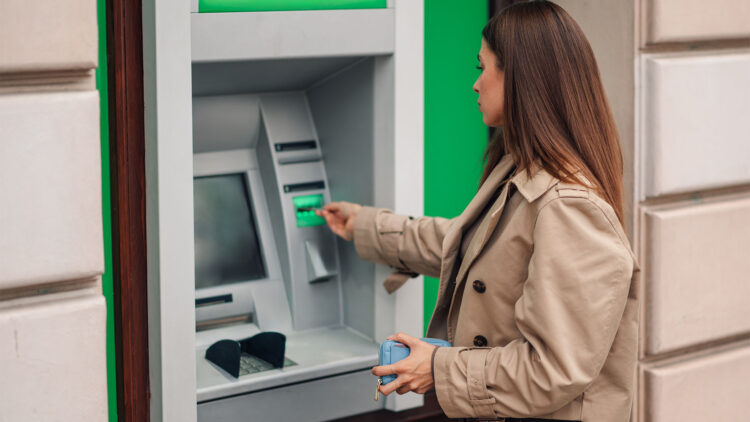We all know the drill—you walk up to the ATM, punch in your PIN, take your cash, maybe sneak a quick look around to be sure no one’s watching. Then comes the usual question: do you want a receipt?” Most of us hit “YES” without even thinking about it and put the piece of paper into a pocket, or leave it behind in the trash just next to it, maybe forget you said yes, and left before it’s printed so it stays there.
Here’s the problem: that little ATM receipt isn’t as harmless as it looks. It shows part of your card number and your account balance. Not enough to empty your account, sure, but enough for scammers to get creative.
Banks in the U.S. have warned that this simple habit can open the door to financial fraud. Why? Because criminals don’t need your PIN to trick you—they just need a way to sound convincing—which they’re usually very good at—and that’s where the receipt comes in.
How scammers use a simple slip of paper
Imagine a scammer finds your receipt. A day later, your phone rings. The person on the other end claims they’re calling from your bank. To “prove” they’re legit, they rattle off your account balance or part of your card number—the very details printed on the slip you left behind.
Now you’re listening, because it feels real. That’s when they push for more information—maybe asking you to “verify” your account or confirm security codes. Before you know it, you’ve handed them exactly what they need to commit financial fraud.
It happens more often than you think, which is why experts in banking security say the safest option is easy: skip the paper. If you don’t need the receipt, just press “NO.” If you do need it, treat it like cash—hang on to it and shred it later.
What U.S. banks suggest instead
Technology is pretty advanced this days, and plenty of U.S. banks are nudging customers toward paperless options. Instead of printing a receipt, you can check your balance right on the screen, have it sent by email, or use your bank’s app.
It’s not just about saving trees—it’s about removing one of the easiest tools scammers can use. Even if the slip doesn’t give away everything, it gives away enough to make a fake call sound pretty convincing. That’s why keeping your receipts (or avoiding them altogether) is part of smart banking security.
Think of it like this: you wouldn’t toss your pay stub or tax form into a public trash can. Treat an ATM receipt the same way.
Smarter habits, less worry
I haven’t been ATM in a long time to be honest, most of us tap our cards or phones to pay now, so cash isn’t such a big deal anymore. But sometimes you still need to stop at an ATM maybe you’re on holidays in a foreign country and need the cash, or you’re buying something the only accept cash…
The reason doesn’t matter but if you need some bills out of that machine, a few easy habits can help keep you safe: Cover your PIN while you type, grab your card and money right away, and be smart about that receipt—skip it if you can, protect it if you can’t.
Staying safe from financial fraud isn’t always about high-tech tools. Often it’s just the small stuff—like not leaving behind that little paper slip.
So next time you’re at the ATM, ask yourself if you really need that receipt, if you do, well okay! just be careful of what you do with it next but if you don’t do yourself a favor and hit “NO.”

